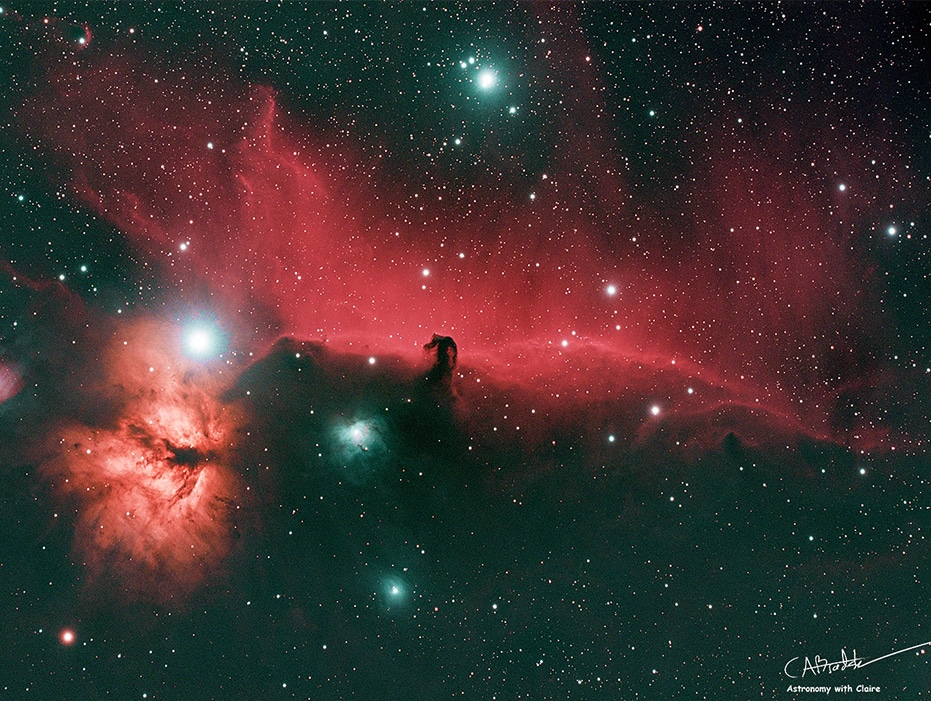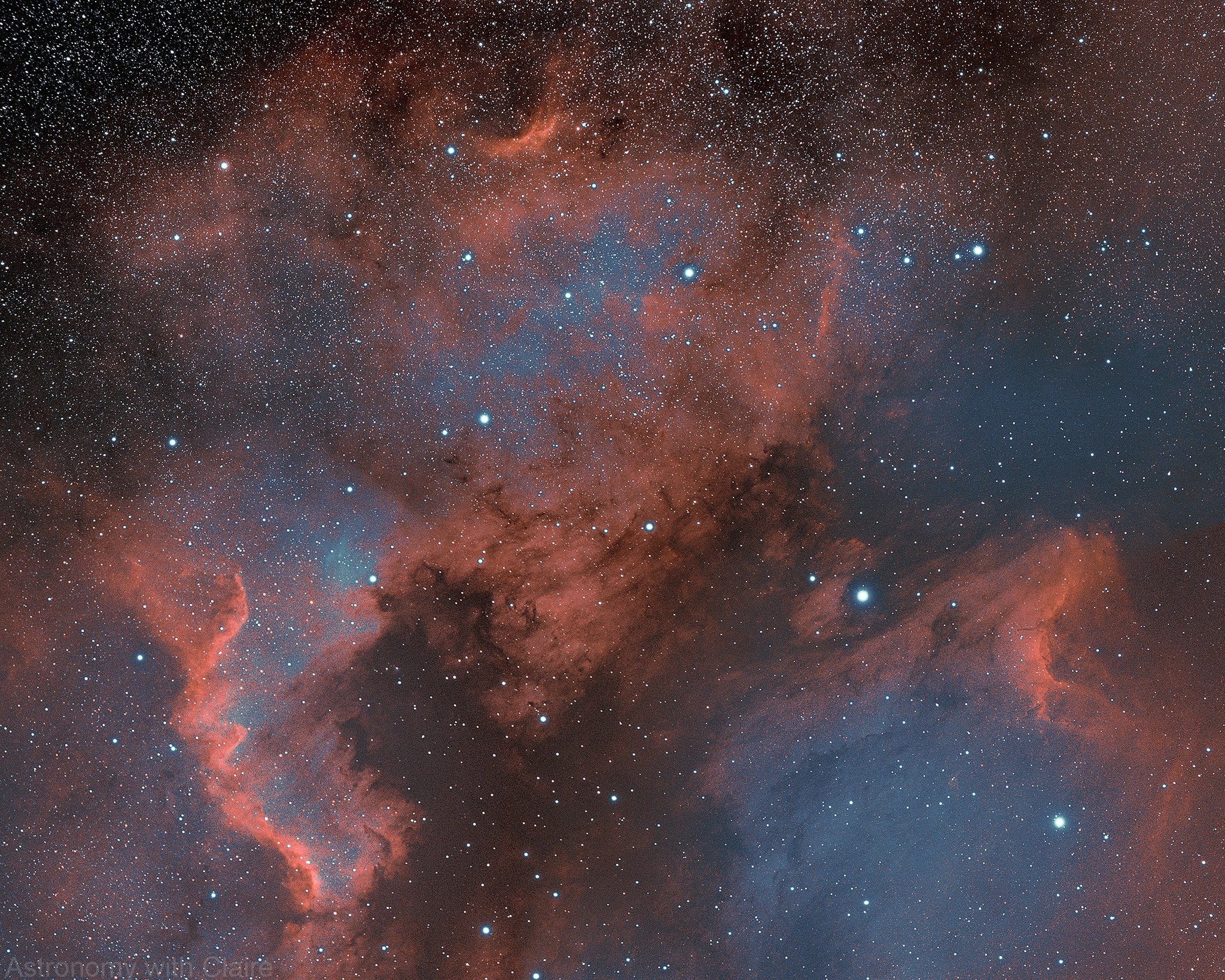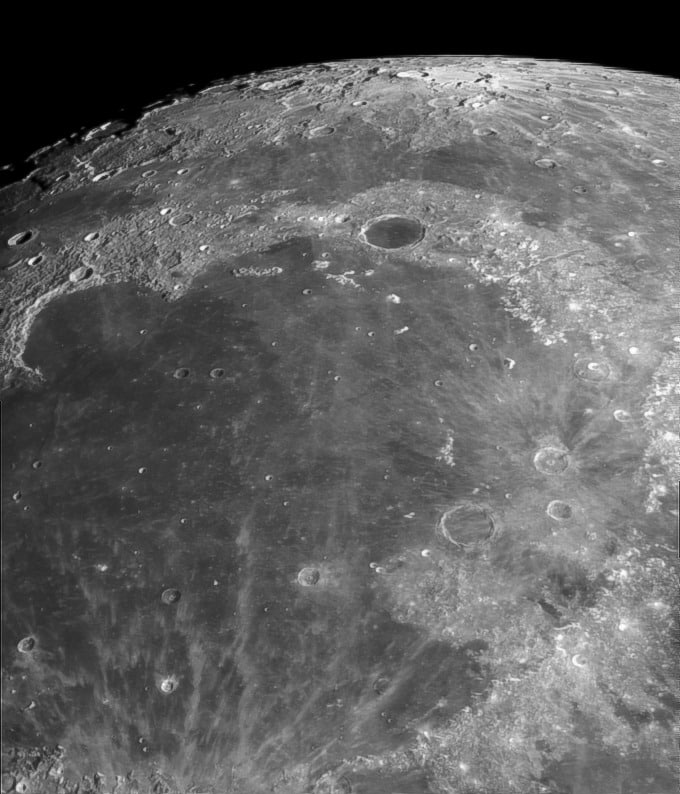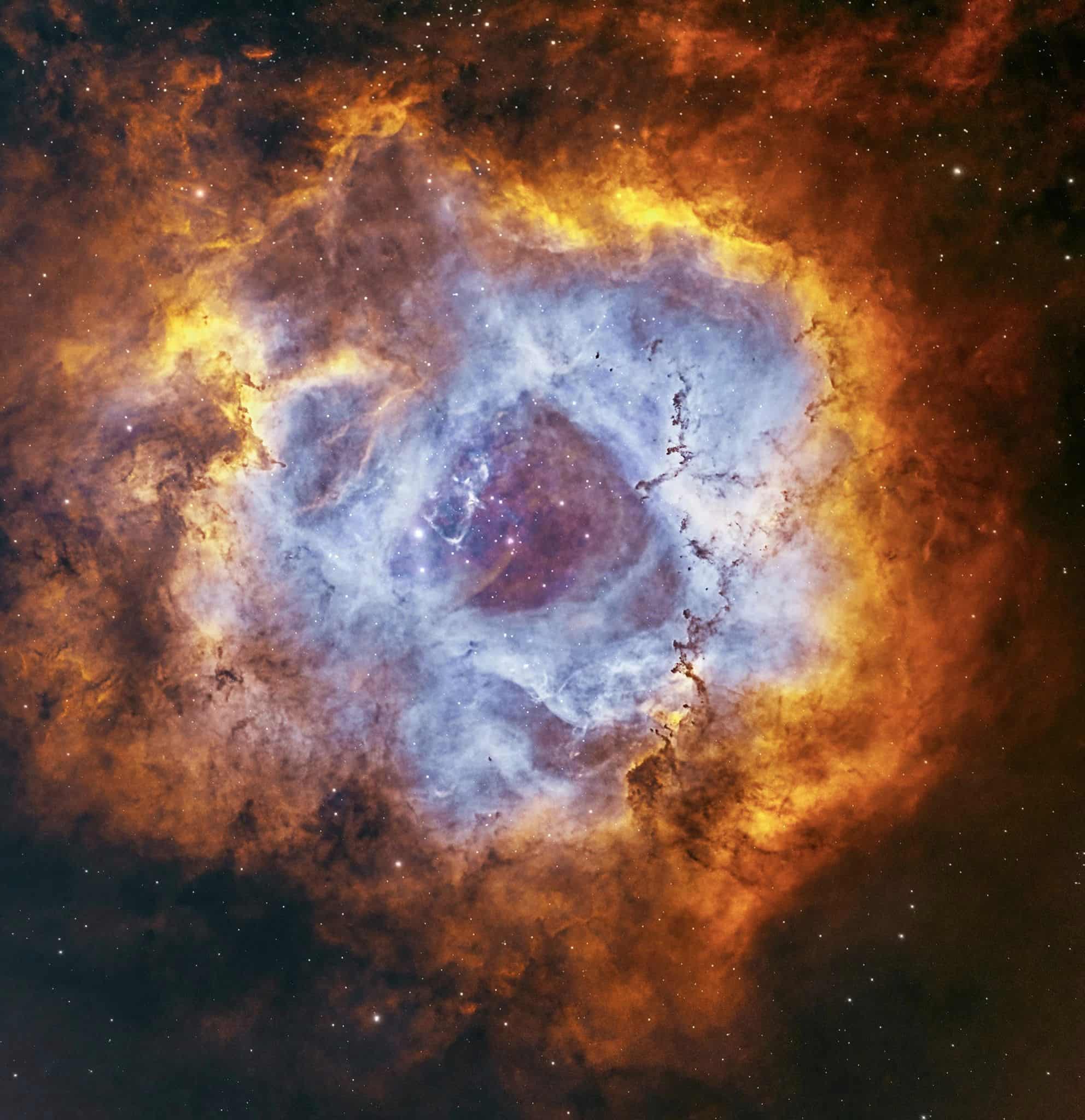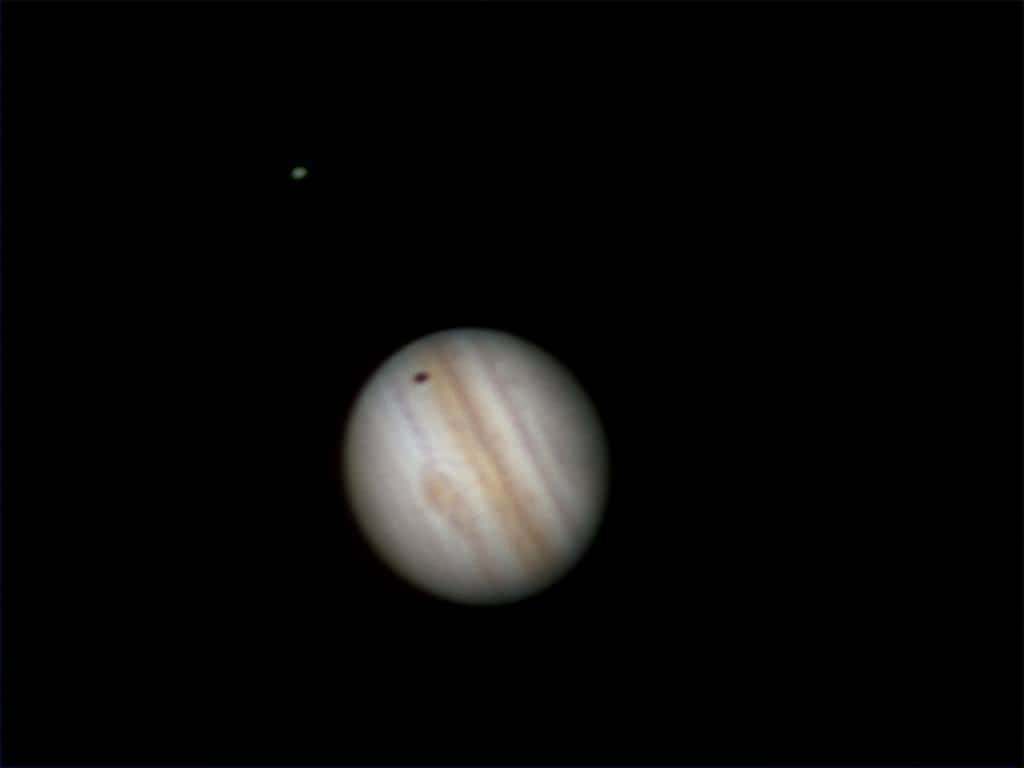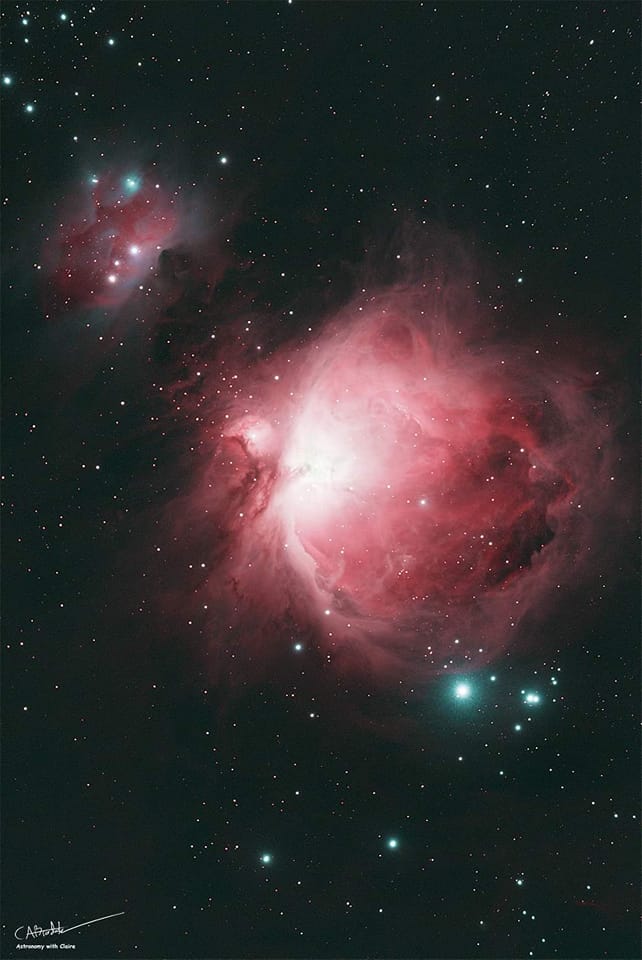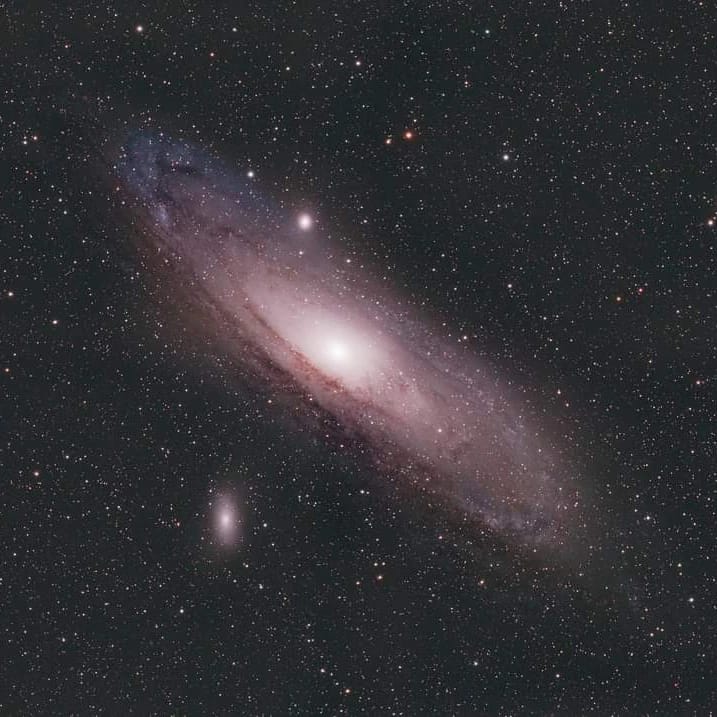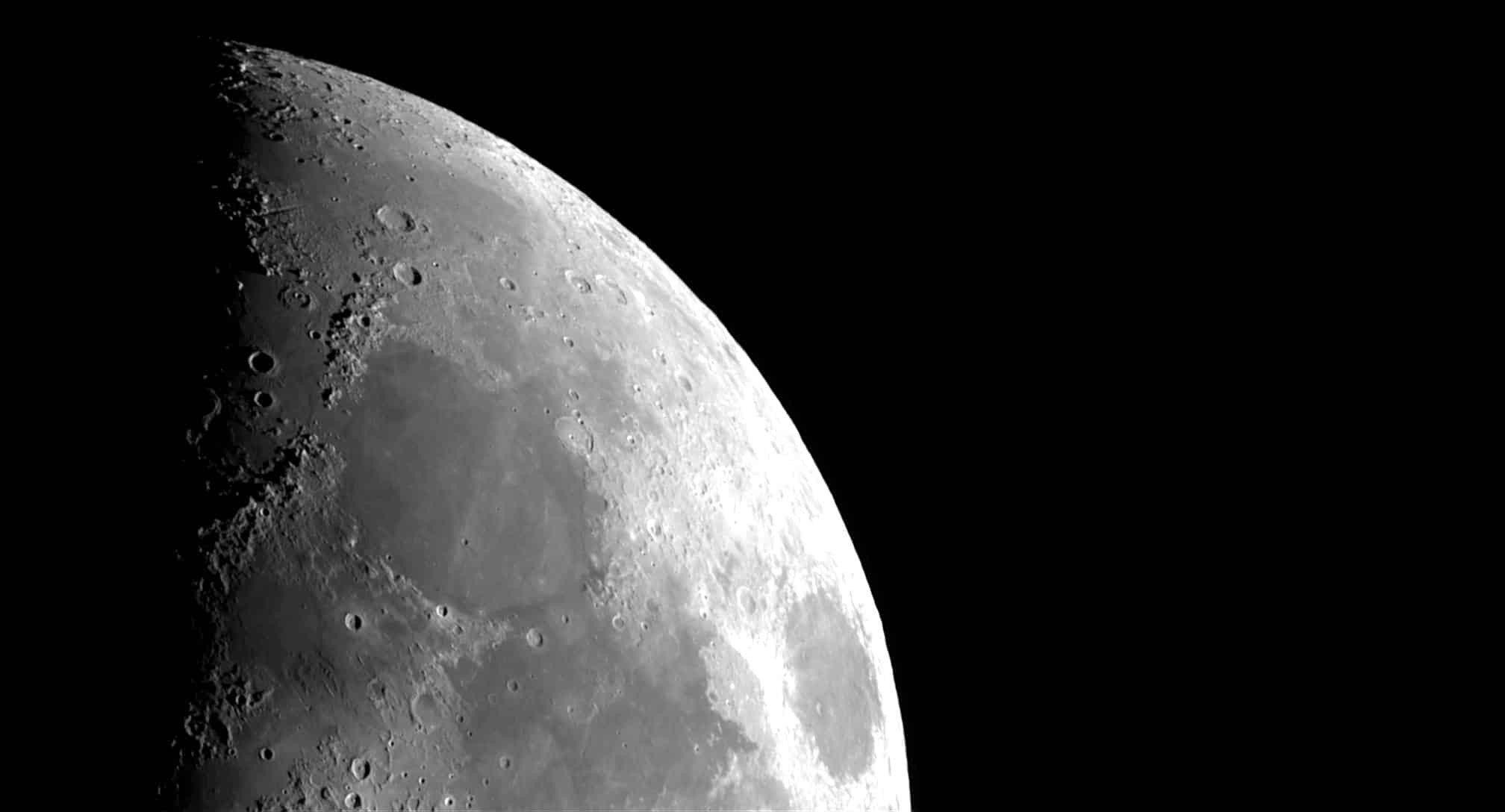Highlights:
- International Astronomy Day was April 29, 2023
- We sat down with Claire Bradshaw, Instructional Designer and UK astronomer and astrophotographer to learn more about her stellar pastime, her book project, and how she is inspiring women and girls to pursue STEM.

At RingCentral, we celebrate the many talents and rich stories of our employees. For Astronomy Day we sat down with our own Claire Bradshaw, Instructional Designer, and UK astronomer and astrophotographer. Claire’s captivating photos of the cosmos caught our attention and they’re sure to amaze you too. Claire is also inspiring women and girls to pursue STEM, through classes she teaches locally. As if that weren’t enough, her current book project which profiles women in space sciences is drawing the attention of scientists at the European Space Agency and NASA.
Instructional design explained.
After studying media production and working in web development for some large firms (including a defense contractor where her CV was top-secret!), Bradshaw joined RingCentral as an Instructional Designer. She now works in the UK as a part of RingCentral’s Post Sales Enablement Solutions team, creating training material and e-learning content. Recently she’s been getting more involved in video creation. Claire describes her work as “anything that will translate content from something that the people will say, ‘I do not understand,’ into a way that they can consume and understand, using text, images, video or animations, or a mixture of them all.”
AstronomyCentral.
As part of RingCentral’s international chat group AstronomyCentral, Bradshaw uses her gift for creating easy-to-understand content sharing astronomy information with both novice and experienced astronomers. She posts astronomical facts online and then puts them into terms that people can understand. The AstronomyCentral group posts photographs, equipment recommendations and troubleshooting, hosts video-viewing parties, and more.
A stellar surprise.
Bradshaw’s fascination with the cosmos began early. As a young girl living in the English countryside, Claire would gaze at the night sky unaided or with binoculars and this practice continued into adulthood. One day she received a call from friends whose daughter was interested in astronomy. Claire recommended a telescope, not the top-of-the-line, not the bottom, but a good one.
Weeks later, packages bearing the name of the telescope company arrived at her doorstep. She thought there must be some mistake. Her friends explained they’d won a syndicate lottery and the exact telescope she’d recommended to them was their gift to her, fueling her lifelong pursuit of astronomy.
Capturing the cosmos.
Claire not only observes the night sky, but she also captures images with one of her telescopes and digital cameras on a rotating mount, all operated remotely from indoors during the cold winter months. Unlike the original film cameras she used as a girl, her modern digital camera is capable of taking long exposure images up to 5 minutes long. Although 12 images an hour can be captured, it requires multiple hours to get enough images to make one astro-photo. The images are then input into an Astro processing computer (a computer Claire herself built). The Astro processing computer puts the data frame-upon-frame, perfectly aligning each shot to create a composite image which Claire color enhances using Photoshop. The final images are captivating—demonstrating both technical skill and creativity—some resembling Old Masters oil paintings.
Ideal conditions.
Like any technical photography, astrophotography has its ideal conditions. Claire says winter nights are the best because there’s less visual “wobble.” Moisture and heat rising from the earth’s surface and surrounding structures cause a visual disturbance astronomers call the “seeing.” The seeing is particularly bad during warmer, more humid summer months. Light pollution is another impediment, but reports say it peaked in 2020, perhaps due to less airline traffic, and astronomers everywhere couldn’t be happier having more clarity.
Patience and time.
One virtue that applies to astrophotography, in particular, is patience. It takes a tremendous amount of time to collect the amount of data required for one astrophotograph. Sometimes, a photographer is simply waiting for the earth to rotate so certain stars of objects like nebula or galaxies come into view. A mind-boggling seven hours of data was compiled to compose Claire’s favorite 2022 photo of the Flame and Horsehead Nebula.
Inspiring and educating.
Claire’s affection for space sciences inspired her to take on a book project. “I am putting together a book about women in STEM and space sciences to enable women and girls to be able to say, ‘I can do this too.’” Claire says the amount of interest generated by the book project has been surprising. Bradshaw has been in contact with space scientists, engineers, physicists, even astronuats, from around the world who want to participate, including those at NASA, the European Space Agency, JPL, and MIT. So far, more than seventy women are involved. She plans to feature profiles of as many as possible, including some notable pioneers like Helen Sharman, Britain’s first astronaut in space, and Dr. Sian Proctor, a part of the first all civilian space crew to fly a SpaceX Dragon capsule and first Black woman to pilot a spacecraft.
Since e-learning is her professional field, it only seems natural that Bradshaw is also teaching in local schools. “Teaching in my free time is something I love doing…getting the information across to people to say, this is something you can understand and take in and absorb. You do not have to be a scientist to enjoy the night sky. You can just go outside and look up.”
Star Wars and stranded.
Just for fun, we had to ask Claire our favorite sci-fi question: Star Wars or Star Trek? She answered quickly, “Star Wars. I think just because it’s that whole sort of thing of a long time ago, galaxy far, far away, is completely disconnected from us and everything that is going on with us. It is the original fantasy sci-fi cinema film, and I love it.” If she was stranded on a desert island, these are Bradshaw’s three must-haves: “First of all, have to be a telescope, be lost without that. I have a passion for Lego…because it has a very Zen feel to it. It is very, very calming. And the third thing is a Terry Pratchett novel. Pratchett is a great fantasy writer and I love his books.”
Astronomy is universal.
We’re fortunate to have such a diverse group of employees working at RingCentral. Bradshaw’s technical expertise and creativity are making e-learning possible for many of our clients, while her outside projects are helping others discover the universe around them. Claire encourages everyone to pursue astronomy, “That is what I love about space: space does not care who you are, what gender you are, it does not care about your color, your nationality, how old you are. It’s just there for anybody to look at and to understand.”
Updated Mar 13, 2025








